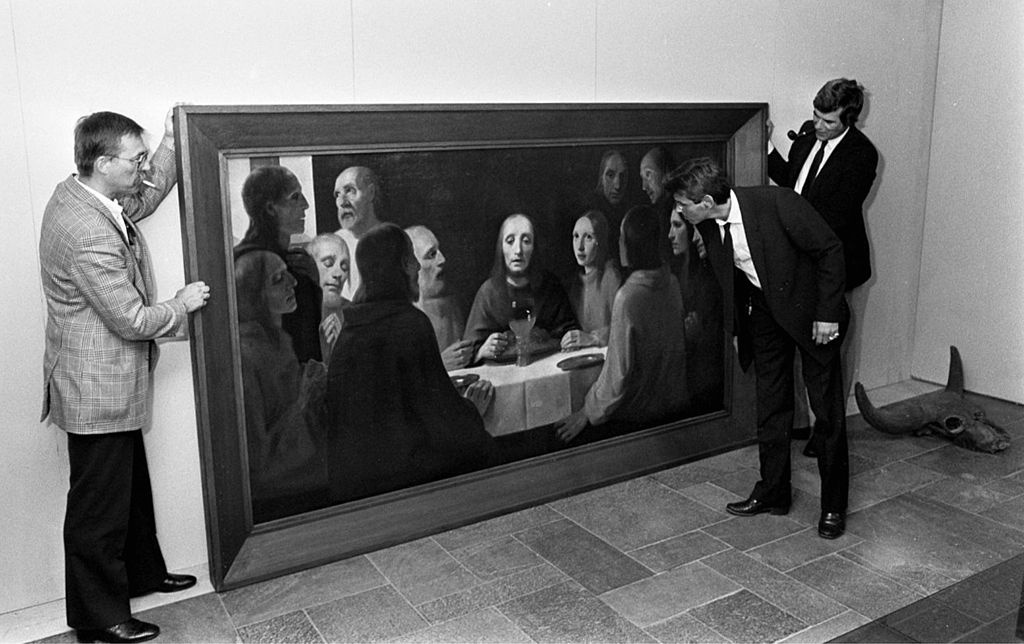 Digital art is increasingly gaining traction in the contemporary art world. Phillips’s last two “Paddles ON!” auctions, which showcased digital formats ranging from GIFs to video game screenshots, have been well received. Blue-chip galleries are on board too; Pace Art + Technology, a new 20,000-square-foot space in Silicon Valley, is dedicated solely to digital media. Digital art collectives—Japan’s teamLab being the most prominent—have also sprung up.
Digital art is increasingly gaining traction in the contemporary art world. Phillips’s last two “Paddles ON!” auctions, which showcased digital formats ranging from GIFs to video game screenshots, have been well received. Blue-chip galleries are on board too; Pace Art + Technology, a new 20,000-square-foot space in Silicon Valley, is dedicated solely to digital media. Digital art collectives—Japan’s teamLab being the most prominent—have also sprung up.
Most importantly, prices are rising. In 2003, Cory Arcangel’s Super Mario Clouds, a wall projection birthed from a hacked Nintendo chip, sold for $3,000. Last year, an edition of that same piece went for $630,000. Still, the question remains: How can a gallery sell digital content as investment-grade art when it already exists online and can be copied like a Google Doc? The answer is blockchain, the same computer technology that serves as the public ledger for bitcoin transactions around the globe.
Source: These Four Technologies May Finally Put an End to Art Forgery

